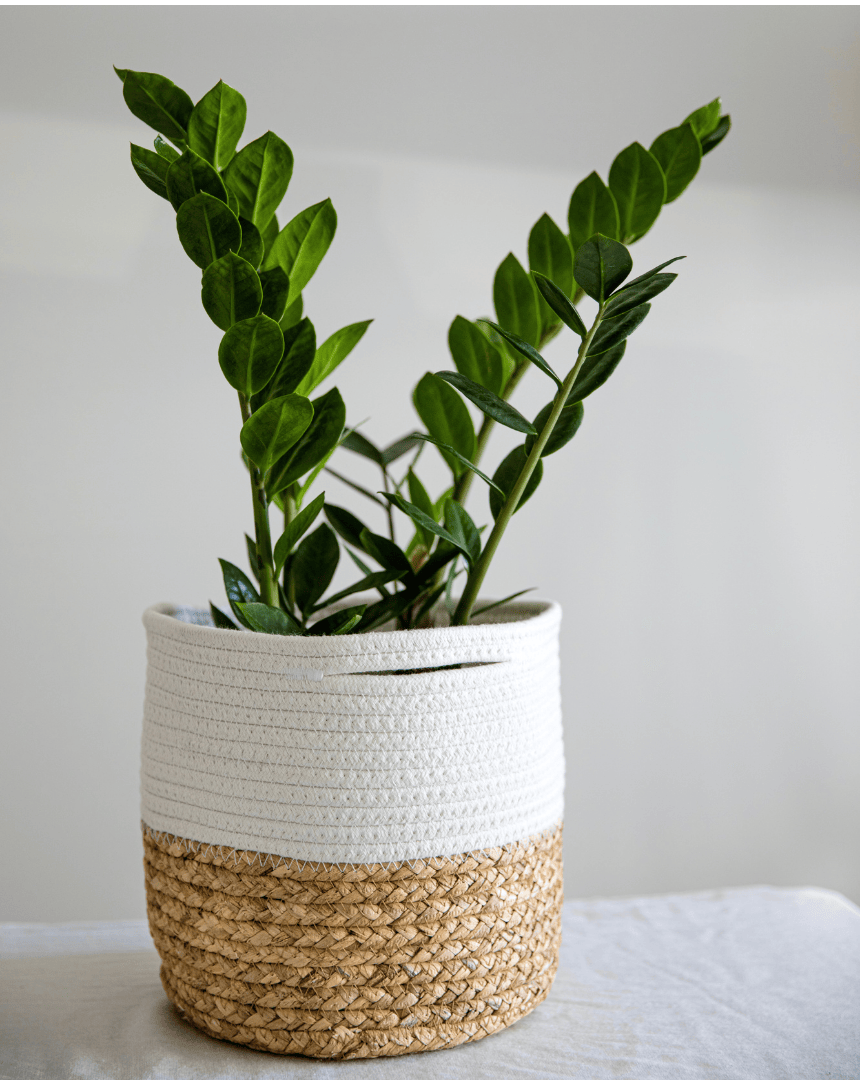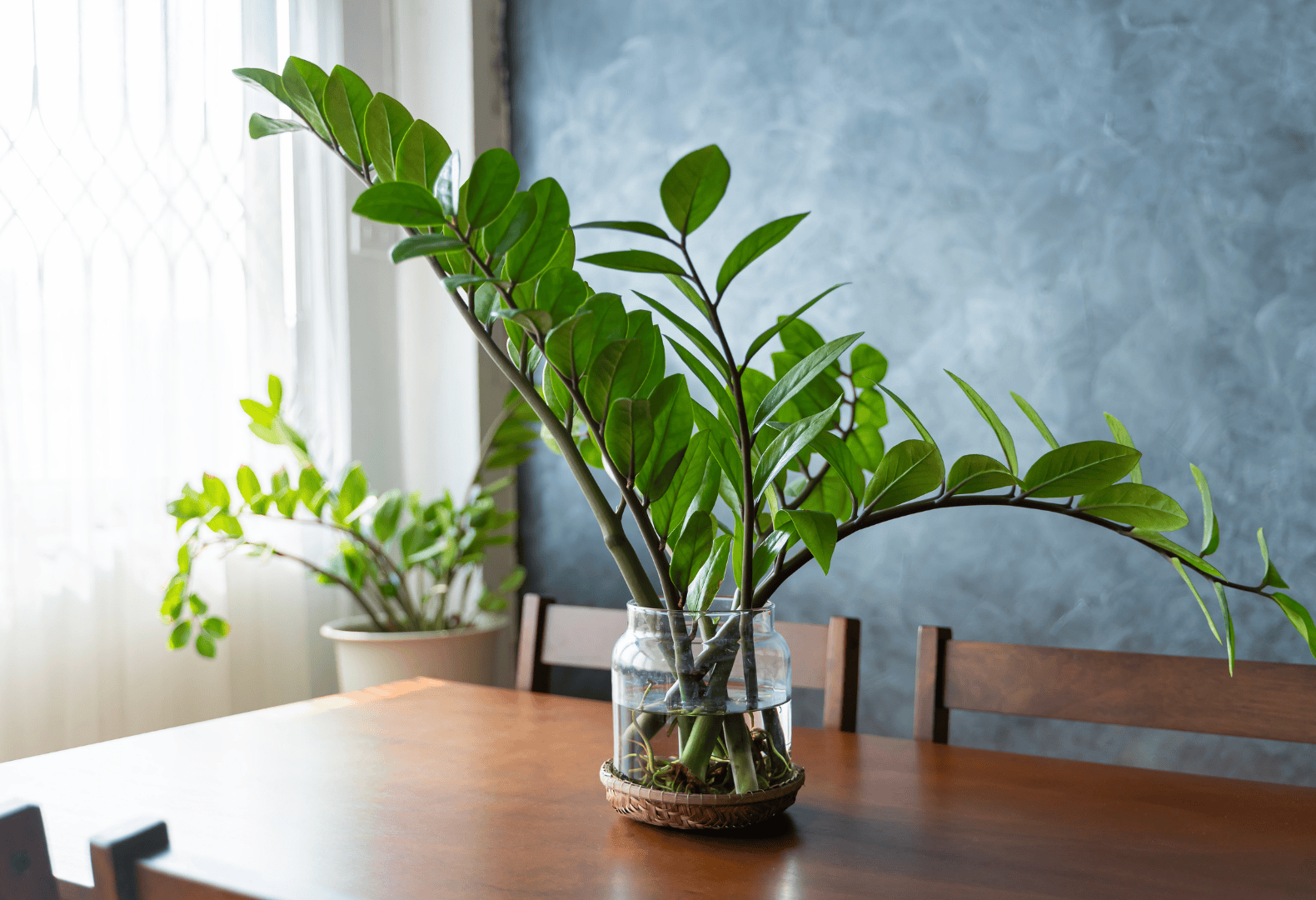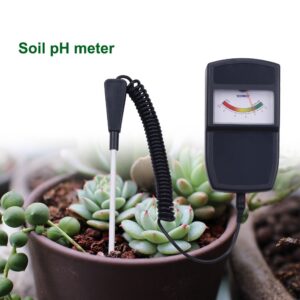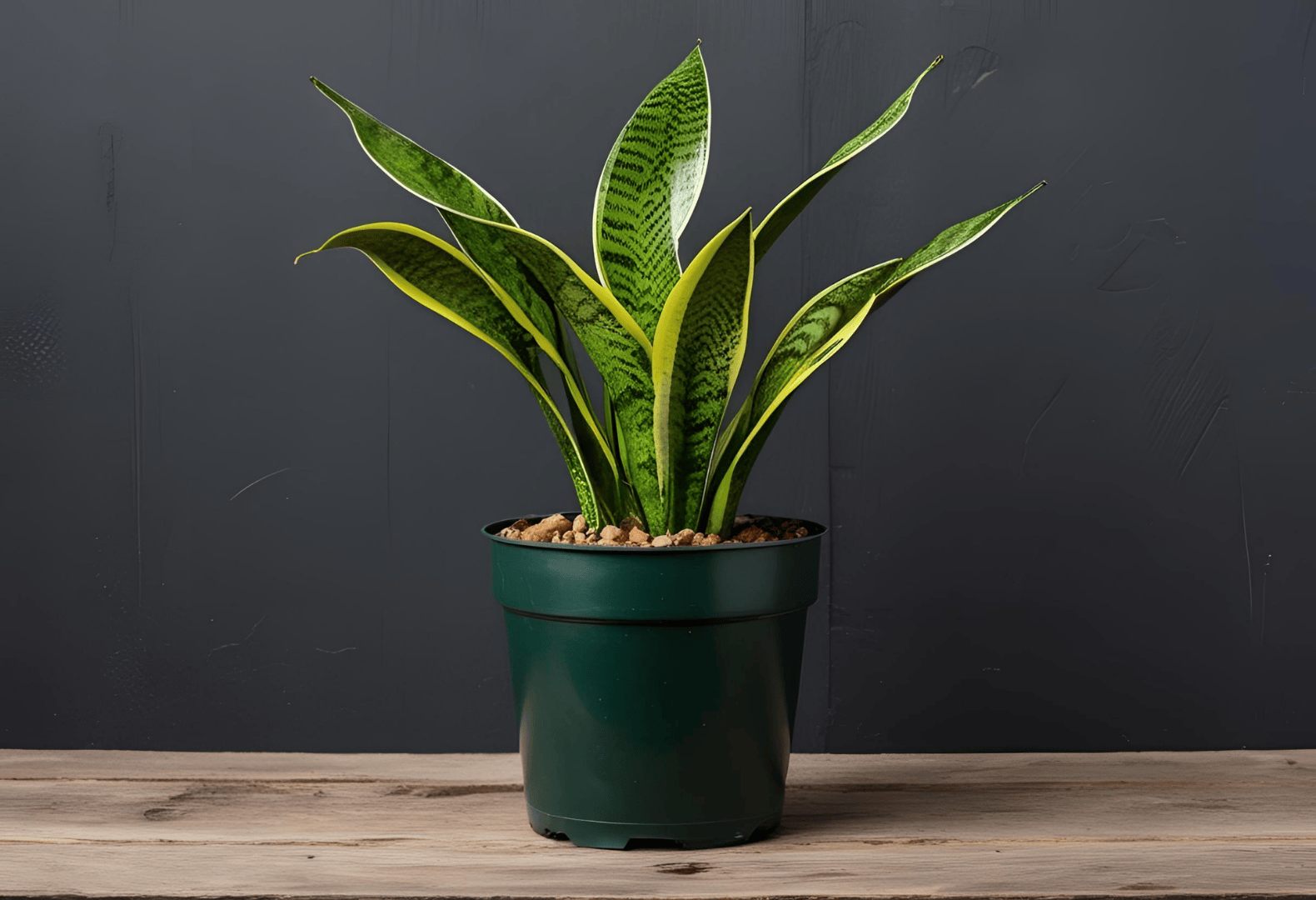The ZZ plant, or Zamioculcas zamiifolia, is one of the most resilient and low-maintenance indoor plants. Known for its glossy, dark green leaves and ability to thrive in low-light conditions, it’s no wonder that ZZ plants have become a favorite choice for home gardeners and interior designers alike. But how do you take care of this stylish and easy-to-grow plant? Let’s dive into the best practices for growing a ZZ plant in your home!

Ideal Location for Your ZZ Plant
The first step in ensuring the health of your ZZ plant is choosing the right spot for it. ZZ plants are native to tropical regions, so they prefer indirect light. While they can tolerate low light conditions, too much direct sunlight can scorch their leaves, causing them to lose their vibrant green color. Place your ZZ plant near a window that receives filtered light, or in a room with artificial lighting if natural light is scarce.
It’s also important to rotate your plant every 2 to 3 weeks. This ensures that each side of the plant gets a fair amount of light and prevents it from growing unevenly. Even though ZZ plants are tough, they still benefit from a balanced growth environment.
Watering: Less Is More
One of the reasons the ZZ plant is so beloved by beginners is its minimal watering requirements. Unlike many indoor plants that demand frequent watering, the ZZ plant is quite forgiving when it comes to hydration. In fact, overwatering is one of the most common mistakes people make when caring for a ZZ plant.
Let the top 2-3 inches of soil dry out completely before watering. The roots of the ZZ plant store water, which means the plant can go for long periods without needing additional moisture. Be sure to check the soil before watering; if it’s still moist, wait a few more days. During the winter months, the ZZ plant’s growth slows down, so you may need to water it even less frequently.
- All Products
Wireless Soil Temperature and Humidity Sensor for Potting Soil – Gardening & Irrigation Monitoring Tool
Price range: £74.15 through £100.15 Select options This product has multiple variants. The options may be chosen on the product page - All Products
Soil pH Meter | Split Soil Tester – Soil Acidity, Moisture & Light Measurement Device
£44.99 Select options This product has multiple variants. The options may be chosen on the product page
The Right Pot and Soil for Your ZZ Plant
Choosing the right pot and soil for your ZZ plant is essential for its health. A pot with drainage holes is a must, as it allows excess water to escape and prevents root rot. You can also place a layer of small stones or gravel at the bottom of the pot for additional drainage.
As for soil, ZZ plants prefer a well-draining potting mix. A mix designed for succulents or cacti works perfectly, as it allows moisture to pass through quickly and doesn’t hold onto water for too long. If you prefer to create your own soil mix, combine equal parts of potting soil, perlite, and sand to achieve a well-draining mix.

Fertilizing Your ZZ Plant
While the ZZ plant doesn’t require frequent fertilizing, providing it with occasional nutrients can help it grow healthy and strong. During the growing season (spring and summer), you can feed your plant with a diluted, balanced fertilizer every 4 to 6 weeks. Be sure to dilute the fertilizer to half its recommended strength to avoid overfeeding.
In the fall and winter, when the plant is in its dormant phase, it’s best to stop fertilizing altogether. Excess nutrients during this time can damage the plant’s roots, so it’s important to let the plant rest.
ZZ Plant Pruning: Keep It Neat
Though ZZ plants are relatively low-maintenance, occasional pruning will help maintain their shape and encourage healthy growth. If your ZZ plant becomes too tall or leggy, you can trim back the stems to your desired length. You can also remove any yellow or damaged leaves to keep the plant looking neat and tidy.
To prune, simply use a clean pair of scissors or pruning shears to cut the stems or leaves at their base. It’s a good idea to sterilize your tools before using them to prevent the spread of disease.
Dealing with Common ZZ Plant Problems
While ZZ plants are generally quite hardy, they can sometimes develop issues if their care needs aren’t met. Below are a few common problems and how to deal with them:
- Yellowing Leaves: Yellowing can occur when the plant is overwatered or exposed to too much direct sunlight. Make sure you’re not watering too frequently and that the plant is receiving indirect light.
- Brown Tips on Leaves: This is often a sign of inconsistent watering. The ZZ plant can go long periods without water, but it doesn’t like to dry out completely for too long either. Aim for a balance and water when the soil is dry to the touch.
- Drooping or Wilting: If your ZZ plant is drooping or wilting, it could be a sign of underwatering. Check the soil moisture and adjust your watering schedule accordingly.
How to Propagate ZZ Plant
If you want to expand your ZZ plant collection, propagating it is easy! The best time to propagate is during the plant’s active growing period in the spring or summer. Here’s how you can do it:
- Cut a Healthy Leaf Stalk: Use clean scissors to snip a healthy leaf stalk from the base of the plant. You can cut several leaf stalks to propagate multiple plants.
- Rooting in Water or Soil: You can root the cuttings in water by placing the leaf stalks in a jar of water and changing the water every few days. Alternatively, you can plant the cuttings directly into a small pot filled with a well-draining potting mix.
- Wait for Roots to Form: Whether in water or soil, the cuttings will start developing roots in about 2 to 4 weeks. Once the roots are a few inches long, you can transplant them into a larger pot with your regular potting mix.

ZZ Plant for Home Decor: A Stylish Addition
Not only are ZZ plants incredibly easy to care for, but they also add a touch of elegance to your home decor. Their glossy, dark green leaves make them a striking focal point in any room. Whether you place them on a bookshelf, in a corner of your living room, or next to a window, ZZ plants effortlessly complement modern and minimalist interiors.
Their sleek and sculptural appearance makes them perfect for both contemporary and traditional spaces, and they pair well with a variety of furniture styles. Plus, since they are slow-growing and don’t require much attention, they’re perfect for people with busy lifestyles.
FAQ About ZZ Plants
Q1: How often should I water my ZZ plant?
A1: Water your ZZ plant only when the top 2-3 inches of soil are dry. Avoid overwatering, as this can lead to root rot.
Q2: Can ZZ plants grow in low light?
A2: Yes, ZZ plants can tolerate low light, but they thrive in bright, indirect light. Too much direct sunlight can damage the leaves.
Q3: How can I propagate my ZZ plant?
A3: To propagate a ZZ plant, cut a healthy leaf stalk and root it in water or soil. Once the roots develop, transplant it into a larger pot.
Q4: Why are the leaves of my ZZ plant turning yellow?
A4: Yellowing leaves can be a sign of overwatering or exposure to too much direct sunlight. Check your watering habits and ensure your plant is in indirect light.
Read More:
- ZZ Plant: The Low Maintenance Beauty That Transforms Any Space – Discover why ZZ plants are perfect for any space with minimal care.
- ZZ Plant Care Guide: How to Grow and Maintain ZZ Plant at Home – Learn essential care tips to ensure your ZZ plant grows strong and healthy.
Plant Profile

Common Name

Plant Type

Mature Size

Sun Exposure

Soil Type

Soil pH

Bloom Time

Color

Hardiness Zones

Native Area

Humidity

Lighting

Temperature

Difficulty

Hibernation

Toxicity

Invasive
ZZ Plant
Indoor Plant
2-3 feet
Low light
Well-drained
6.0 – 7.0
Rarely Bloom
Green
9 – 11
Eastern Africa
Low
Low light
18°C – 26°C
Easy
No
Mildly toxic
No

Created with Plant App









